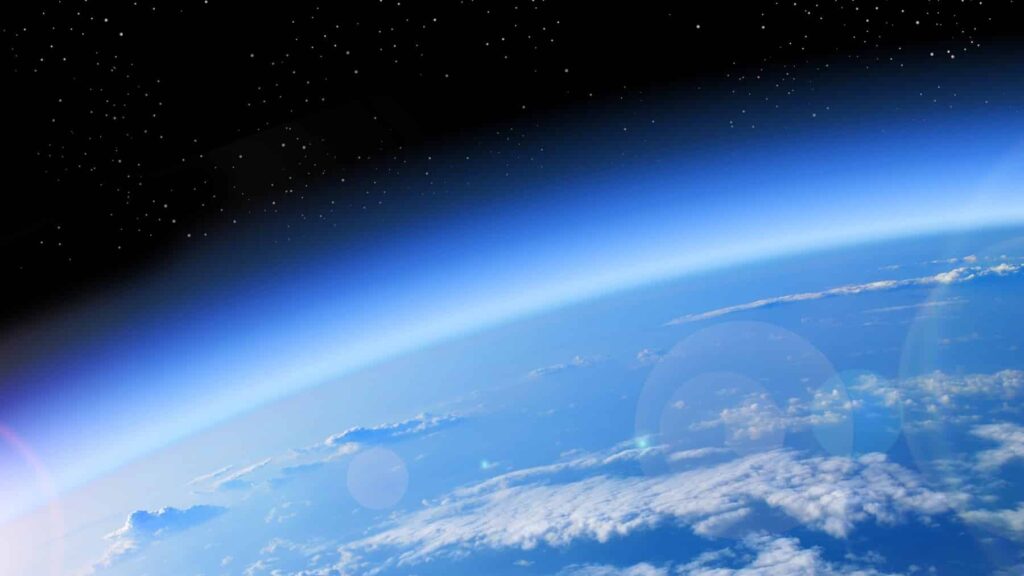The article discusses how humanity’s relationship with seasons is changing due to climate change, with intensified storms, prolonged droughts, and rapidly retreating glaciers. Recent research highlights that glaciers in the U.S. and Canada have lost about 12% of their ice volume since 2020, while Swiss glaciers have lost 13%.
Key factors include the expanding Hadley Cell, which shifts climate zones and intensifies weather patterns. This leads to long-term droughts affecting agriculture and health risks due to heat waves, as well as stronger storms fueled by warmer oceans.
The article stresses the importance of preparedness for future climate challenges, encouraging advancements in scientific observation and prediction. Innovations like fiber optic cables on the seafloor and NOAA’s monitoring capabilities are steps towards enhancing resilience against climate-related disasters. The overall message is that society must adapt to the reality of a changing climate or face dire consequences.
Source link


